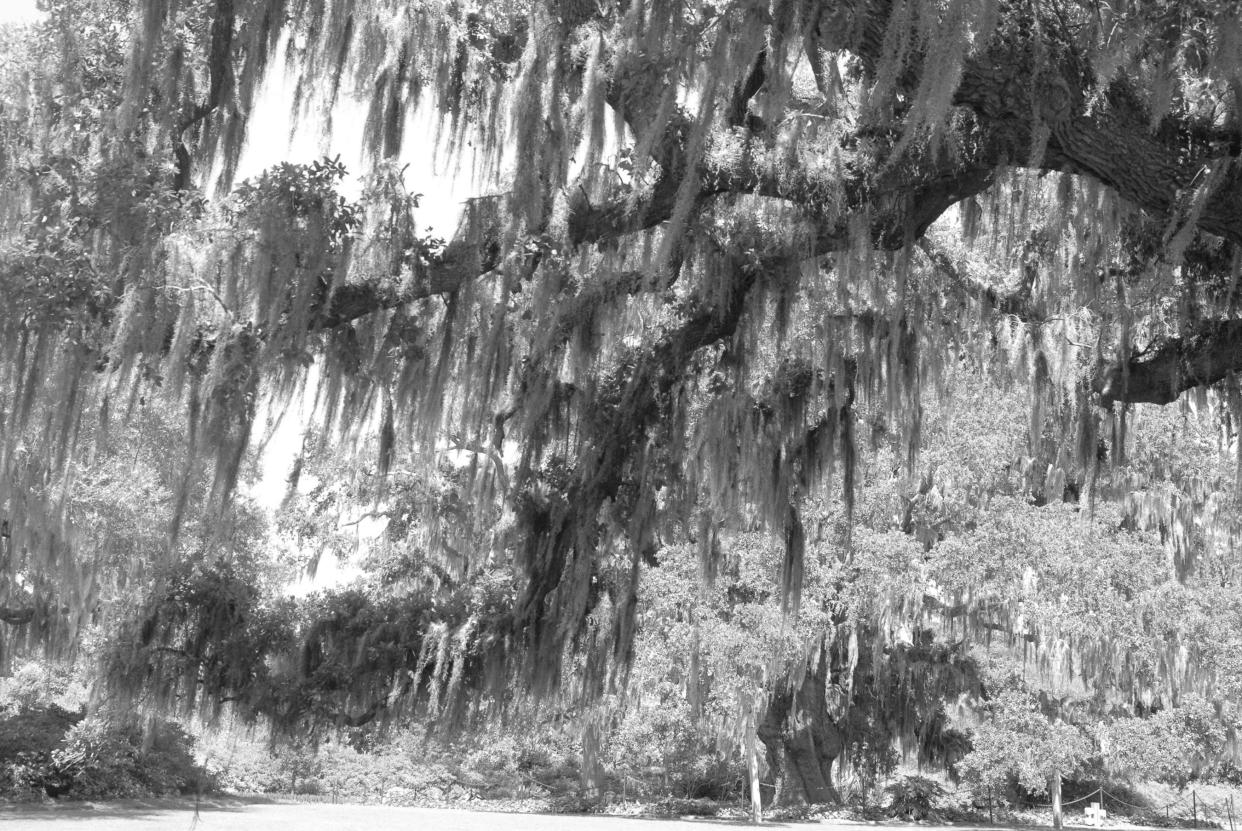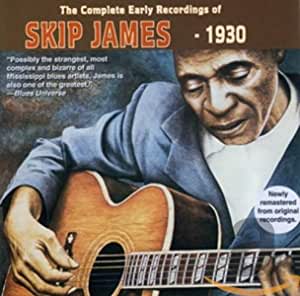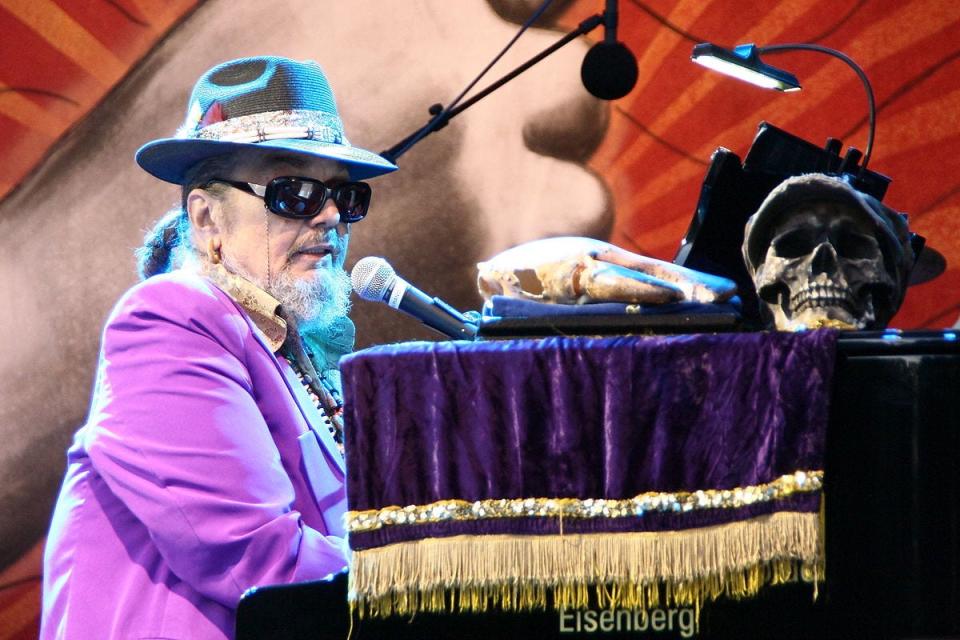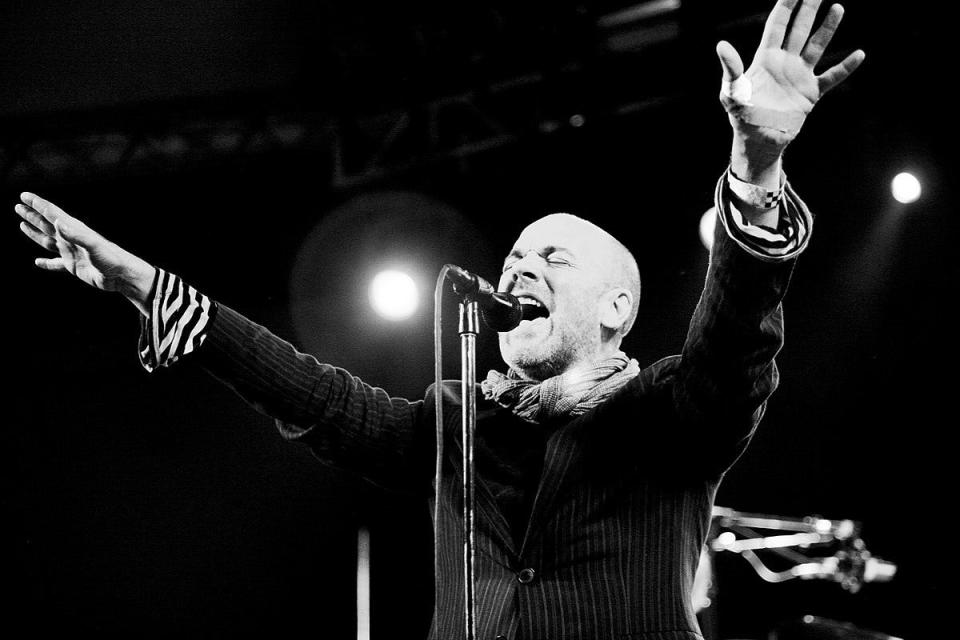Take a musical tour of the old, weird Gothic South

- Oops!Something went wrong.Please try again later.
Southern Gothic, the term for offbeat happenings below the Mason Dixon line, is seemingly more popular than ever nowadays. From the TV series “True Blood” and “True Detective” to award-winning films such as “Beasts of the Southern Wild” and author Cormac McCarthy’s general acceptance as one of the world’s greatest writers, the Southern Gothic genre seems particularly healthy these days.
The best Southern Gothic art often works under the assumption that the South is a land haunted, literally and figuratively, by the past, by sins unatoned for. Decay, the majestic rot of land all but impenetrable to outsiders, is a theme played out again and again in these works.
As is true with other art forms, Southern music has a rich and varied history in the gothic tradition. Taking inspiration from writers such as Truman Capote, Tennessee Williams, and Flannery O’Conner, as well as the classic noir cinema of 1955, “Night of the Hunter'' and “Winter’s Bone,” 2010, some of the finest music to come out of the South in recent years has delved into the regions seemingly endless reservoir of the bizarre and anachronistic. When performed by musicians with an ear for the surreal and intricate beauty of the region, the results speak for themselves.
An apt description for the Southern Gothic sound is found in author Charles Frazier’s masterpiece about the Civil War-era North Carolina highlands, “Cold Mountain.” Writing about a particularly moving piece of old-time mountain music, Frazier notes: “When the minor key drifted in it was like shadows under trees, and the piece called up something of dark woods, lantern light. It was awful old music in one of the ancient modalities, music that sums up a culture and is the true expression of its inner life.”
As a tribute to the South’s enduring weirdness and dark ambiguity, here are five Gothic albums that every Southern music fan should know.
'Complete Early Recordings' - Skip James

Robert Johnson gets all the press, but this early Delta bluesman, Skip James, cut just as hard and strange in his prime. Utilizing a haunting, open D-minor guitar tuning and intricate fingerpicking, James was a musical virtuoso whose recordings from the early 1930s are idiosyncratic even among the obscure blues numbers of the day. Rising through layers of pre-digital murk, songs such as “Devil Got My Woman,” “Hard Time Killing Floor Blues,” and “22-20 Blues” are spine-shivering in their depictions of the violent, rollicking life of an itinerant musician in the pre-Civil Rights South. Voiced in James’ high lonesome wail, they stand as some of the strongest blues ever conjured.
'Gris-Gris' - Dr. John

"Gris-Gris" is the debut album by piano ace Mac Rebennack in which he fully embraces for the first, and probably last time the character of Dr. John a voodoo root doctor from the 19th century. What he conjures is a wholly unique, mind-altering gumbo of New Orleans rhythms, psychedelic rock, and Creole juju that sounds as disarmingly strange today as it did upon its release in 1968.
'Dixie Fried' - James Luther Dickinson
Occupying a musical twilight zone somewhere between the Rolling Stones, The Doors, and Tom Waits’ more off-beat efforts, "Dixie Fried" by the late Memphis producer and musical raconteur James Luther Dickinson offers the title track’s gospel rockabilly; a spoken-word version of Bob Dylan’s unsettling homecoming tale, “John Brown,” and the hillbilly funk of the obscure vaudeville piece “O How She Dances.” Filled with more soul, grit and mind-numbing weirdness than any 10 records you care to name, it stands as both the summation of everything that makes Southern music special and a grand, rollicking party for all the dead bluesmen, war vets and Old West gunslingers who move through its songs like guideposts to the end-of-days decades to come.
'In the Aeroplane Over the Sea' - Neutral Milk Hotel
Populated by an unlikely cast of holy rattlesnakes, shape-shifting ghosts and two-headed boys trapped in jars, the album "In the Aeroplane Over the Sea" is a disturbing, hauntingly melodic song cycle that rewards the kind of repeated listening most music fans no longer have the patience for. The Athens,.Georgia-based band Neutral Milk Hotel is definitely an acquired taste, but the album is well worth the effort for anyone interested in what Bryan Wilson of the Beach Boys may have conjured up had he been a deranged, Southern commune dweller.
'Fables of the Reconstruction' - REM

Everything about the 1985 release of "Fables of Reconstruction" by another Athens-based band, REM, hints at the mystery lying just beneath the surface of the Southern landscape, from the title's reference to the transformation of the South following the Civil War to the album’s artwork, which features images of burning books and a Salvador Dali-like swinging pendulum. But it’s the music that ultimately lends this album its Gothic otherness. From the opening shock of “Feeling Gravity’s Pull,” with its unnerving three-note riff, onward into the dense train mythology of “Driver 8” and the foreboding character portrait of “Old Man Kinsey,” REM paints the South as a land composed as much of dreams and freak coincidence as the hard fabric of reality.
This article originally appeared on Sun Journal: Take a musical tour of the old, weird Gothic South

